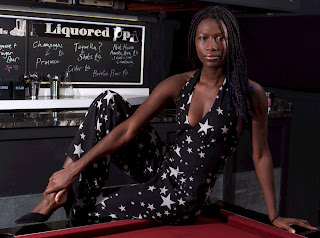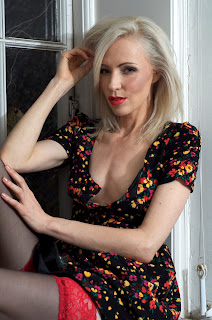The recent news about a couple suing their wedding photographer for what they deemed were poor photographs of their special day got me thinking.
The couple went to a student, who it seems had very little experience of wedding photography. Not necessarily a bad thing. But what other photography did they see to convince them of her skill? The pictures included in the news piece of the wedding were pretty poor.
Arriving late and taking selfies would suggest a lack of professionalism. Even if you aren't a "professional" photographer, a good work ethic and pride in yourself should be present.
I think the couple were equally to blame for the disappointment. I'm guessing they spoke to other photographers, and decided that employing an inexperienced person to save money was worth risking their wedding day pictures for. Why did they think other photographers charged more? More experience, backup equipment, insurance, it all costs.
I was speaking to someone who had just been to a wedding where a friend of the couple, "who had a good camera", had been paid a couple of hundred pounds to take the pictures. Now it doesn't necessarily mean the result will be poor pictures if you don't pay much I know. But in this case the couple weren't completely happy. When I suggested a realistic price, I got; "why so much? You only have to burn the pictures to a CD and you're done".
And that is my point about photography now.
Everyone thinks it's easy, and having a good camera is all you need.
It is less valued, people and organisations are less inclined to pay for it. Or think it shouldn't cost much.
The world of the working photographer seems to have gotten harder. I know plenty will say it's no more difficult than it's always been. And that if you are good you will always find work. I guess that might be true. But I think it's harder if you are not established. And are trying the build a business.
A friend of mine is a journalist. Before the explosion in digital photography, when he needed pictures the magazine employed a photographer. Now he uses a point and shoot camera to take them himself. He does a pretty good job. The photographer he use to work with explained some of the technical side of what he was doing during shoots. But even he says that the pictures just aren't as good as they were. The magazine has decided they could cut costs and the reduced quality was satisfactory.
If you don't know much about the technical side of photography. Being able to review the picture immediately means you can evaluate the results quickly. If you need to retake it, you can.
Anyone is likely to produce some good pictures, if they take enough. A more experienced photographer will consistently produce more quality pictures. They will also be able to cope with difficult environments, they will be able to use the increased flexibility of professional equipment to overcome problems.
The equipment will be more robust, be protected from the elements, and have manufacturer support. All reasons professional equipment cost more. And why, if you value the occasion you should invest in a professional photographer.
and





































